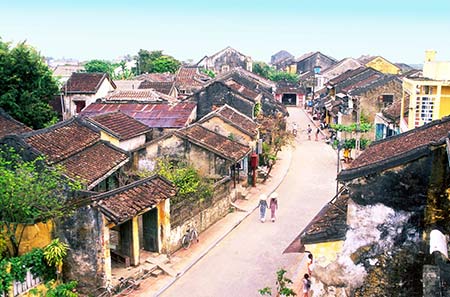 Hoi An ancient town is located 30km southeast of Da Nang city, 60km northeast of Tam Ky provincial town. From the 16th to the 19th century, Hoi An was an international trade center on the East-West trade route, the most prosperous trading port of Dang Trong - Vietnam under the Nguyen lords' reign because merchant ships from Japan, China, Portugal, Spain, the Netherlands... often came here to exchange and trade goods.
Hoi An ancient town is located 30km southeast of Da Nang city, 60km northeast of Tam Ky provincial town. From the 16th to the 19th century, Hoi An was an international trade center on the East-West trade route, the most prosperous trading port of Dang Trong - Vietnam under the Nguyen lords' reign because merchant ships from Japan, China, Portugal, Spain, the Netherlands... often came here to exchange and trade goods.Up to now, Hoi An ancient town still preserves almost intact a complex of ancient architectural relics including many houses, assembly halls, communal houses, temples, shrines, wells, bridges, clan churches, ports, markets and narrow streets running horizontally and vertically forming squares like a chessboard. The landscape of Hoi An streets is covered with ancient moss, looking magical like a vivid picture. The ancient town is considered a living museum of architecture and urban lifestyle. In addition to cultural values through diverse architecture, Hoi An also preserves a fairly large intangible cultural foundation. The daily life of residents with customs, religious activities, folk arts, cultural festivals are being preserved and promoted along with poetic natural landscapes, traditional craft villages, specialty dishes... making Hoi An increasingly become an attractive destination for tourists from all over the world.
Chua Cau, a temple that does not worship Buddha.
In December 1999, UNESCO recognized Hoi An ancient town as a world cultural heritage. According to statistics, Hoi An now has 1,360 relics and scenic spots. The relics are divided into 11 categories, including: 1,068 ancient houses, 19 pagodas, 43 shrines, 23 communal houses, 38 clan houses, 5 assembly halls, 11 ancient wells, 1 bridge, and 44 ancient tombs. There are more than 1,100 relics in the ancient urban area.
A typical relic in Hoi An is the Japanese Covered Bridge - located at the intersection of Nguyen Thi Minh Khai Street and Tran Phu Street - Hoi An. The Japanese Covered Bridge (also known as the Japanese Bridge) is an architectural work built by Japanese merchants who came to trade in Hoi An around the middle of the 16th century. Due to the impact of natural disasters, the Japanese Covered Bridge has been restored many times and bears a strong Vietnamese and Chinese architectural style. The Japanese Covered Bridge has the shape of the letter Cong, the wooden plank bridge is curved in the middle, crossing the creek leading to the Hoai River. The bridge has a soft curved roof and is carved with many sophisticated motifs. On the main door of the Japanese Covered Bridge, there are 3 embossed Chinese characters Lai Vien Kieu (meaning the bridge of friends from afar) - the name given by Lord Nguyen Phuc Chu during a visit to Hoi An in 1719. Notably, this pagoda does not worship Buddha. On the slope of the bridge, there is a small temple worshiping the god Bac De Tran Vu - the god who specializes in controlling storms and floods according to Chinese beliefs. At both ends of the bridge, there are two groups of wooden monkey and dog statues sitting in attendance. The origin of the Japanese Covered Bridge is associated with the legend of the Cu - a sea monster whose head is in India, its body is in Vietnam and its tail is in Japan. Every time the Cu moves, it causes floods and earthquakes in these places. Therefore, in addition to building the bridge to serve traffic, the ancients also intended to suppress the sea monster and keep life peaceful. The Japanese Covered Bridge is a priceless asset and has been officially chosen as the symbol of Hoi An.
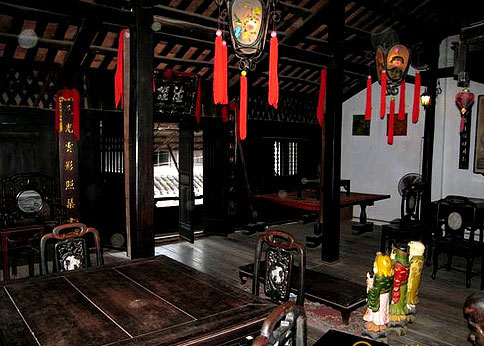
In Hoi An today, there are still many ancient houses that show the combination of architectural styles of China, Japan and Vietnam... in which one of the typical houses for ancient houses in Hoi An is Phung Hung ancient house. Up to now, the house has been the residence of 8 successive generations. The two-storey tube house is used for living and selling goods. The house consists of two houses separated by a courtyard for wind and air. Like all ancient houses in Hoi An, the second floor of Phung Hung ancient house is connected to the first floor by a hole in the second floor floor to conveniently move goods up during the flood season. With a history of over 200 years, Phung Hung house contains a lot of information about the lifestyle of the merchant class in the ancient Hoi An trading port. Coming to Hoi An, visitors can visit Quan Thang ancient house; Tan Ky ancient house; Phuc Kien Assembly Hall; Trieu Chau Assembly Hall; Quang Dong Assembly Hall; Ngu Bang Assembly Hall; Quan Am Phat Tu Minh Huong pagoda; Tran family temple; Museum of History and Culture; Ong Pagoda; Sa Huynh Culture Museum...
Hoi An is located on the banks of the Thu Bon River. Here, there are almost intact ancient streets, which are tube-shaped houses running from one street to another. One of them is located right on the bank of the Hoi An River. The houses here are made of precious wood, inside the houses are hung horizontal lacquered boards, parallel sentences, and the pillars are carved with elaborate patterns... This small town has witnessed two major cultural exchanges in the history of the Vietnamese people: the first time was more than 5 centuries ago, when Dai Viet moved south to expand its territory, and the second time was 2 centuries ago, when Westerners followed warships and merchant ships to set foot on this land with the intention of spreading and annexing. Both of these major events led to great cultural interactions and Vietnamese culture overcame the challenge of assimilation to transform itself and survive with the times. Visitors to Hoi An, in addition to discovering the genuine simplicity in the souls of the people of Hoi An, will admire the ancient and quiet beauty of the tiled roofs covered with green moss and the sophisticated carvings in the wooden houses that have existed for more than three hundred cycles of spring, summer, autumn and winter.
Sparkling lanterns in the Old Quarter.
Stepping into the old town, visitors will be amazed by a separate world, where space and time are both condensed in the ancient wooden houses. The pagoda bridge, the row of two-story ancient houses facing the Hoai River, the Assembly Halls of Quang Dong and Phuc Kien... make people nostalgic about the past. The old town becomes more profound, peaceful and romantic under the magical lantern lights every 14th night of the lunar month. In the past, it was the Japanese and Chinese who brought to Hoi An the habit of using lanterns. Every 14th night of the lunar month, the old town within the limits of four streets, Tran Phu, Nguyen Thai Hoc, Le Loi, Bach Dang, turns off the lights and hang magical lanterns in front of the porches. Chinese-style round and hexagonal lamps hanging under the eaves and on both sides of the entrance, Japanese-style diamond-shaped or long-tube lamps waving white paper along the columns, square pillar lamps, large and small diamond-shaped lamps of various sizes... all created a shimmering, magical world.
In the fairy-tale atmosphere, visitors can taste some Quang-style dishes such as Banh Bo, Banh Vac, Cao Lau at restaurants that still retain their original appearance from the beginning of the century. Present on Hoi An streets are countless shops selling all kinds of lanterns as souvenirs. The magical scenery and lights in the old town blend with the singing of Bài Chòi, Ho Khoan, and Pounding Rice... echoing from boats anchored on the riverbank, under the eaves, at the beginning of the street... creating a strange attraction for visitors. Not as solemn as the ancient capital of Hue, not as bustling as Cho Lon, the traditional features here have a pure look, attracting the romantic souls of the old days.
Source: https://baothainguyen.vn/van-hoa/201107/pho-co-hoi-an-bao-tang-song-ve-kien-truc-va-loi-song-do-thi-3677D3C/

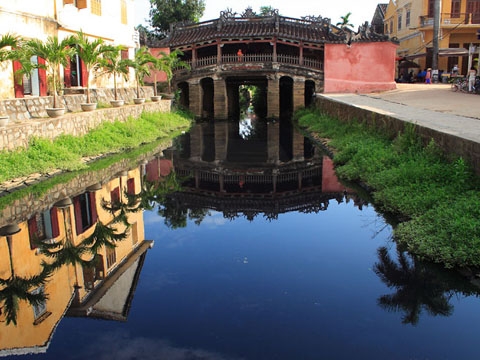
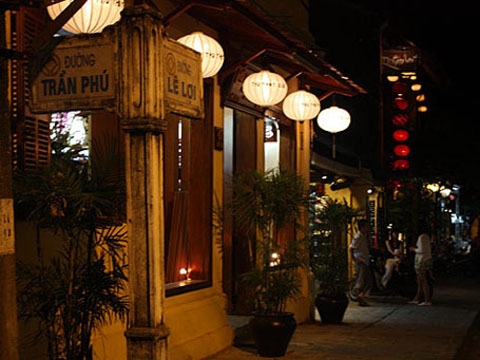
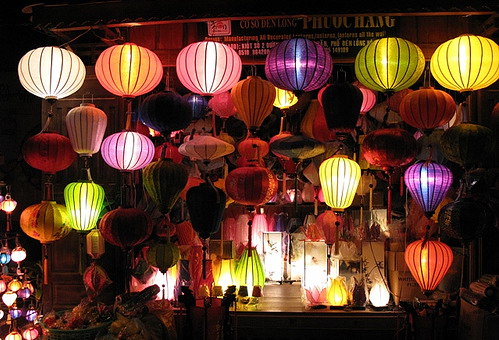
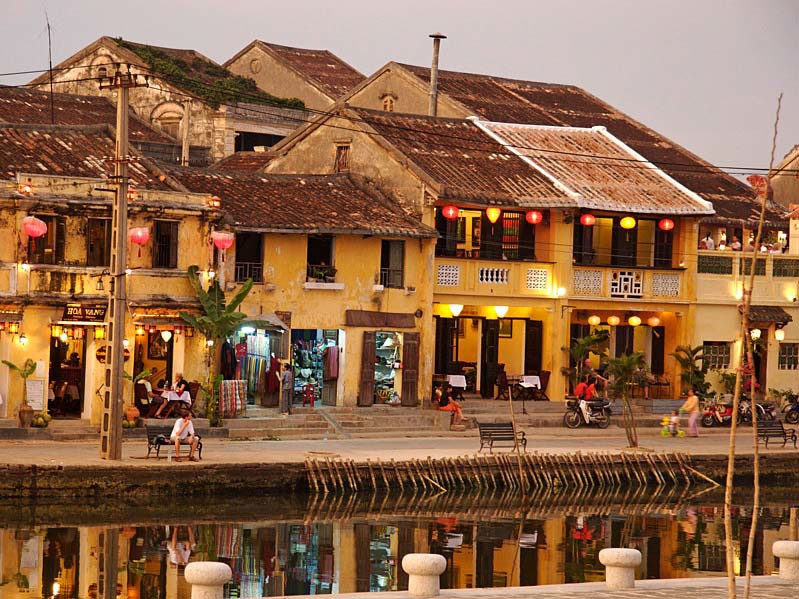
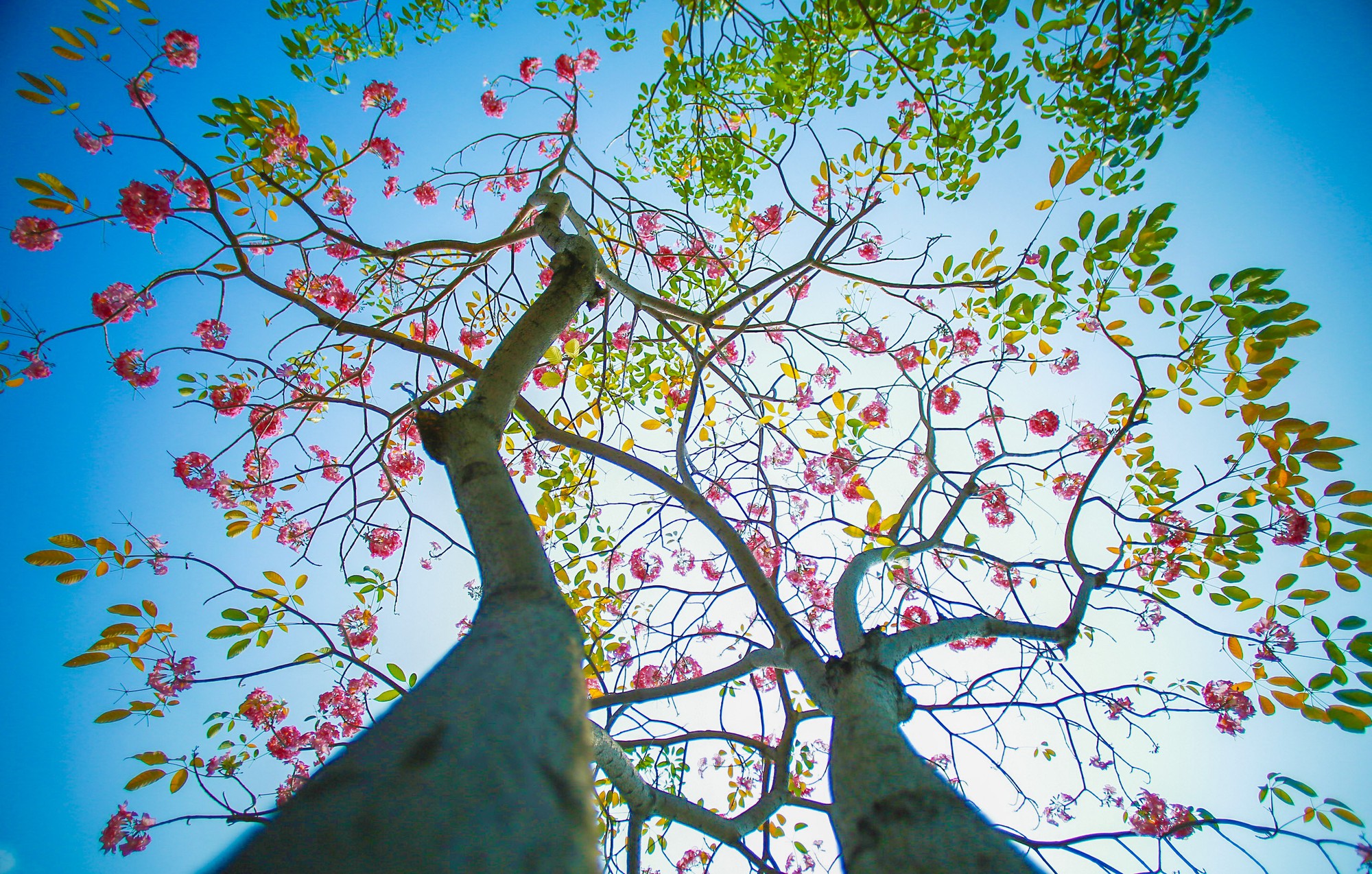
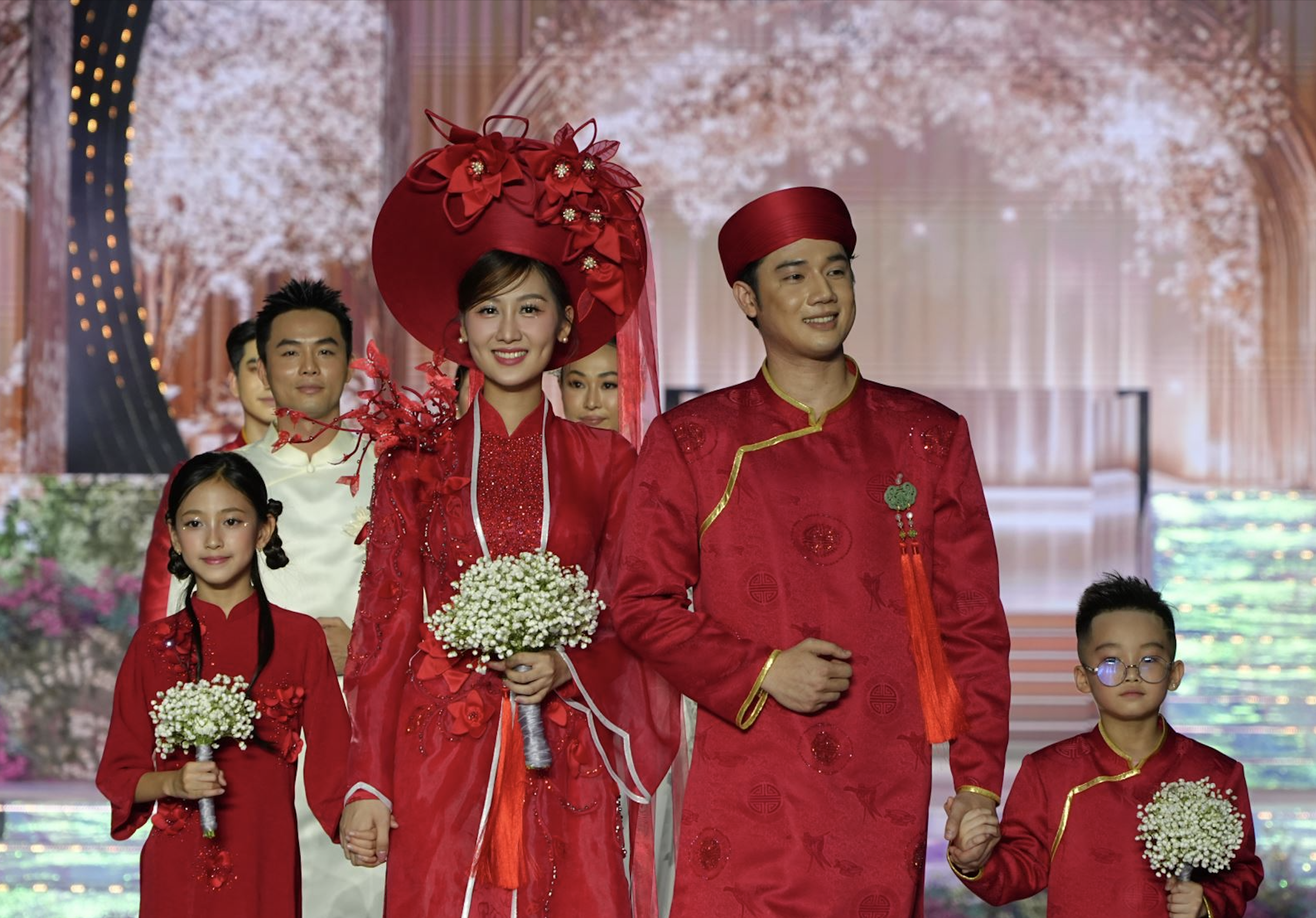
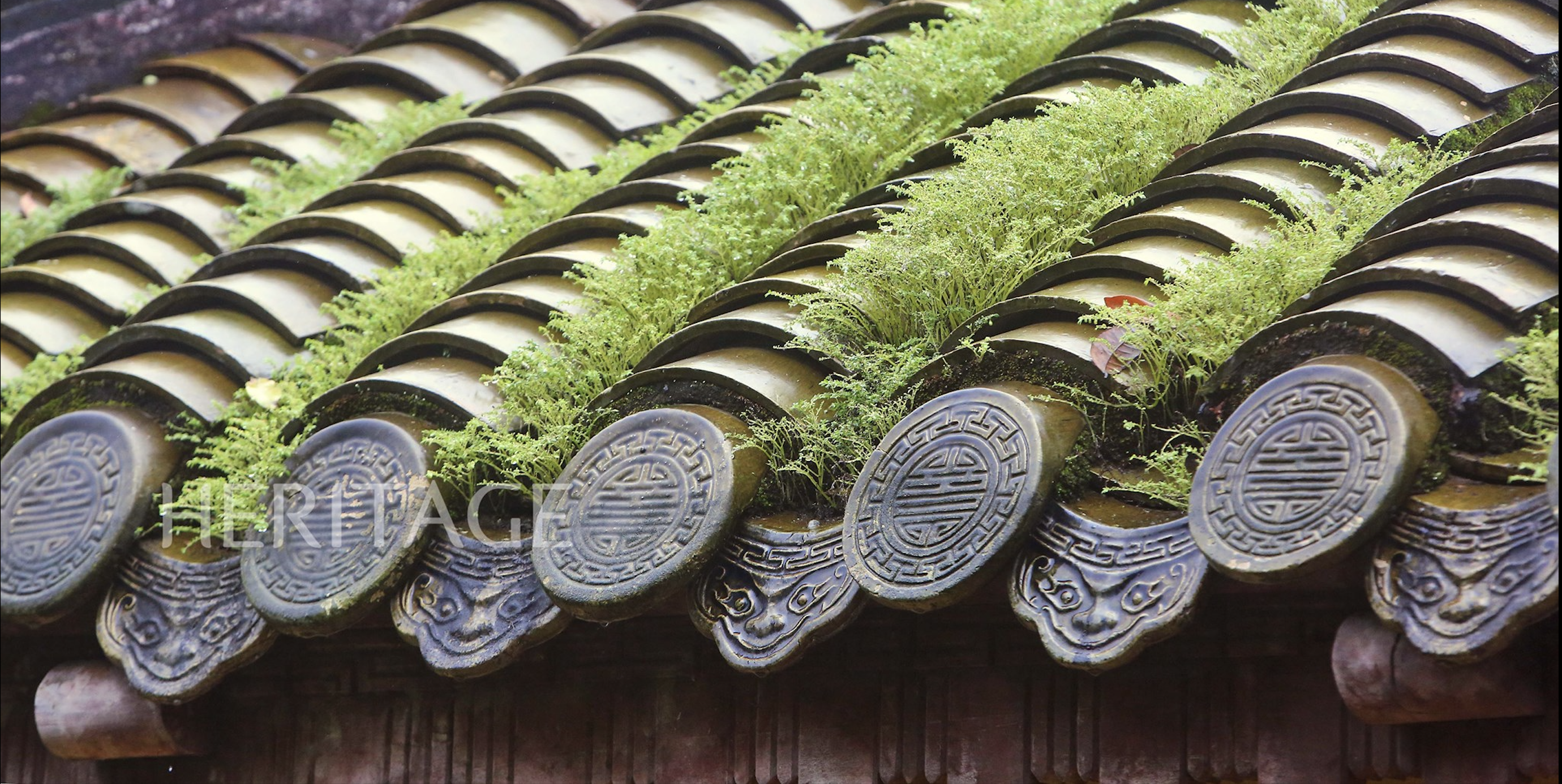

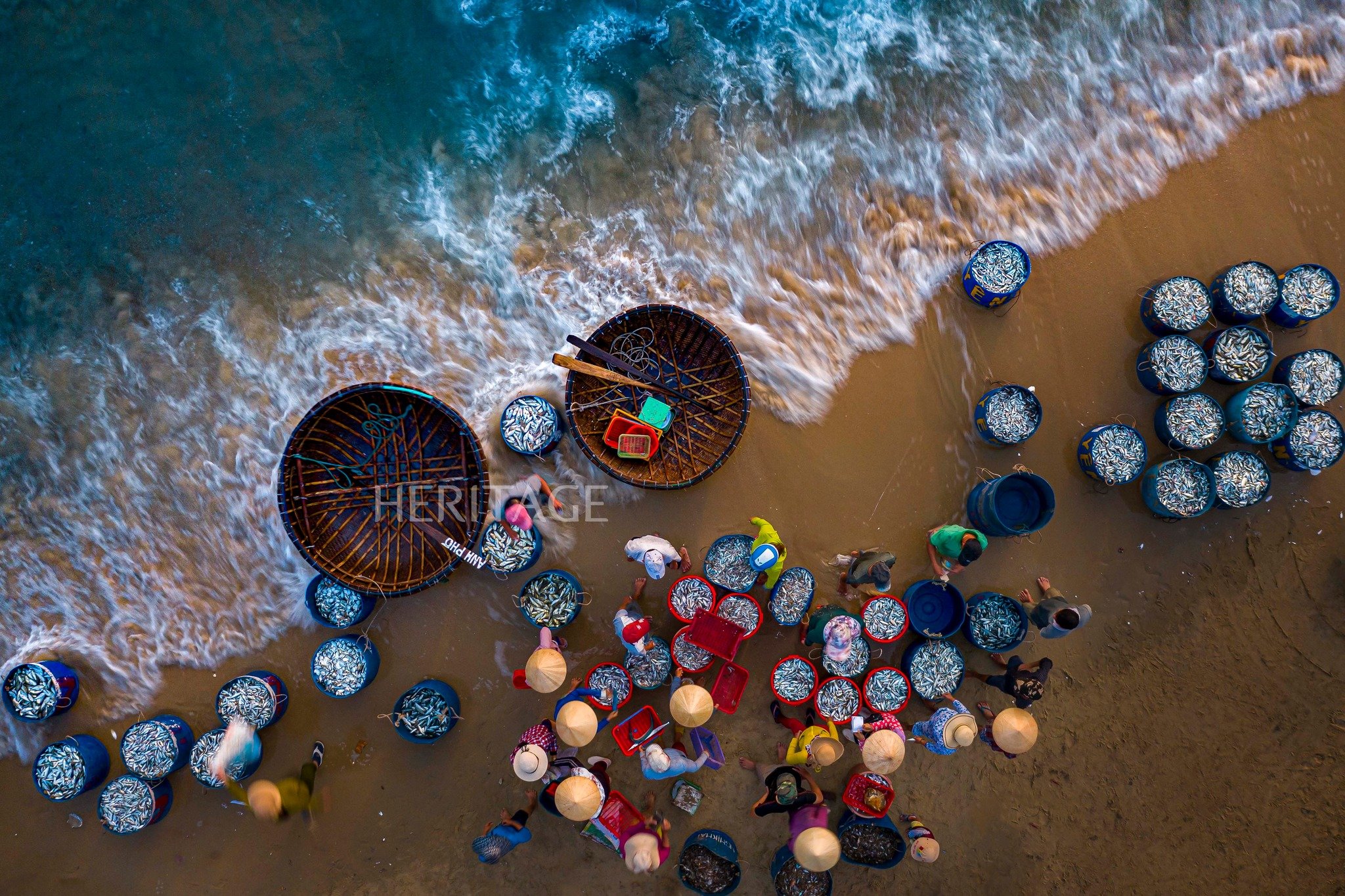
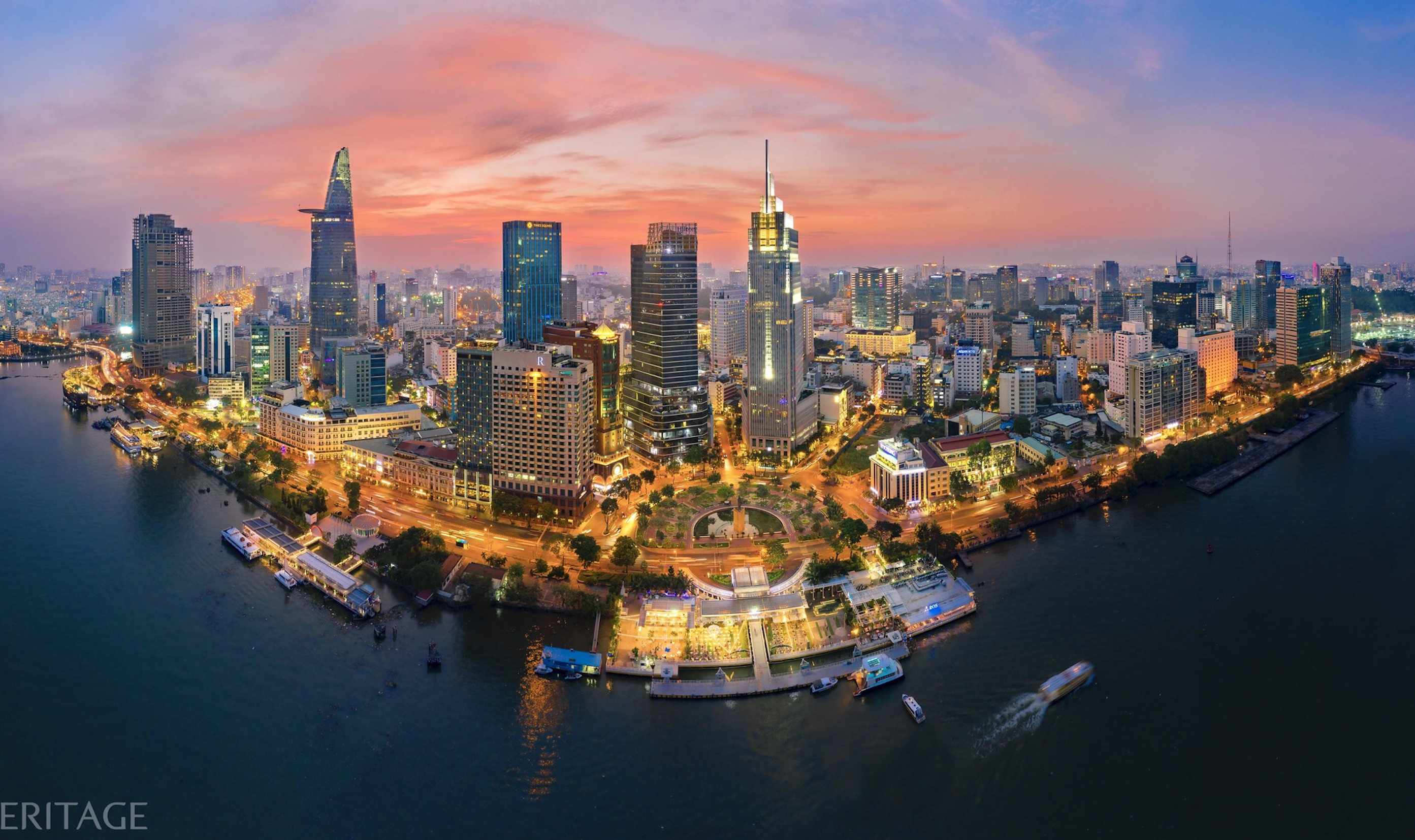
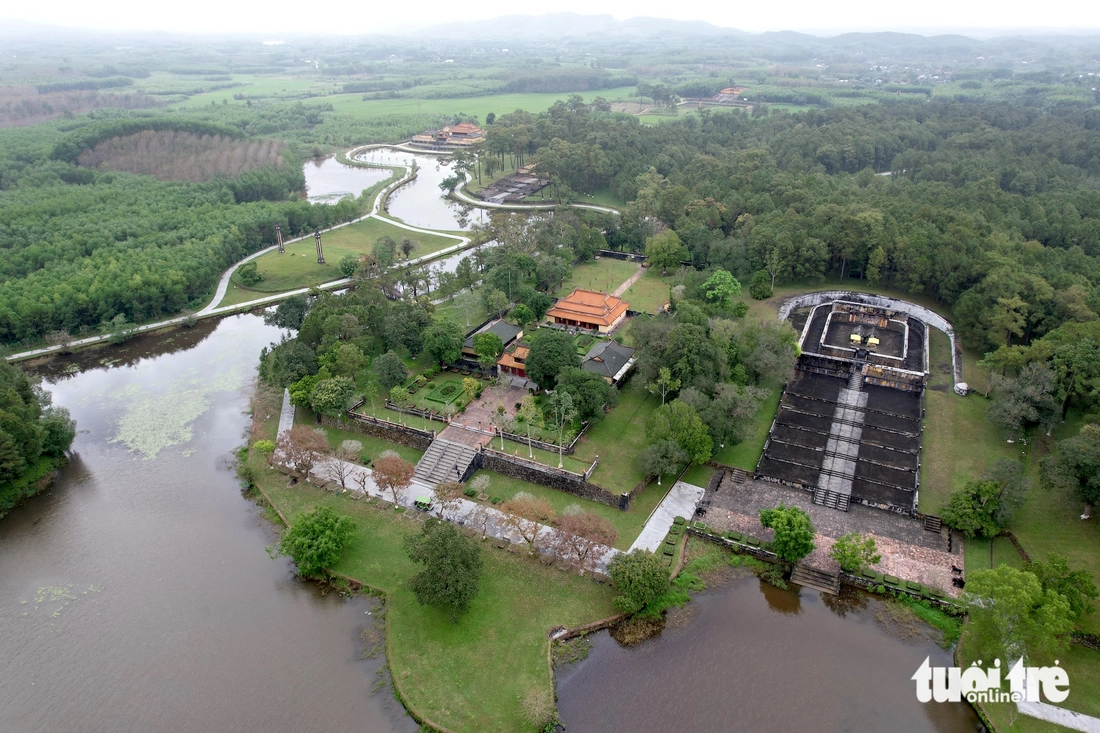

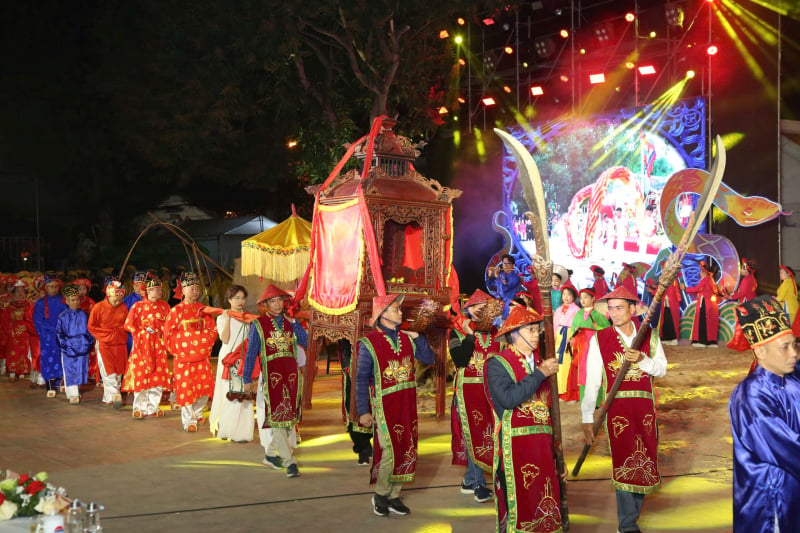

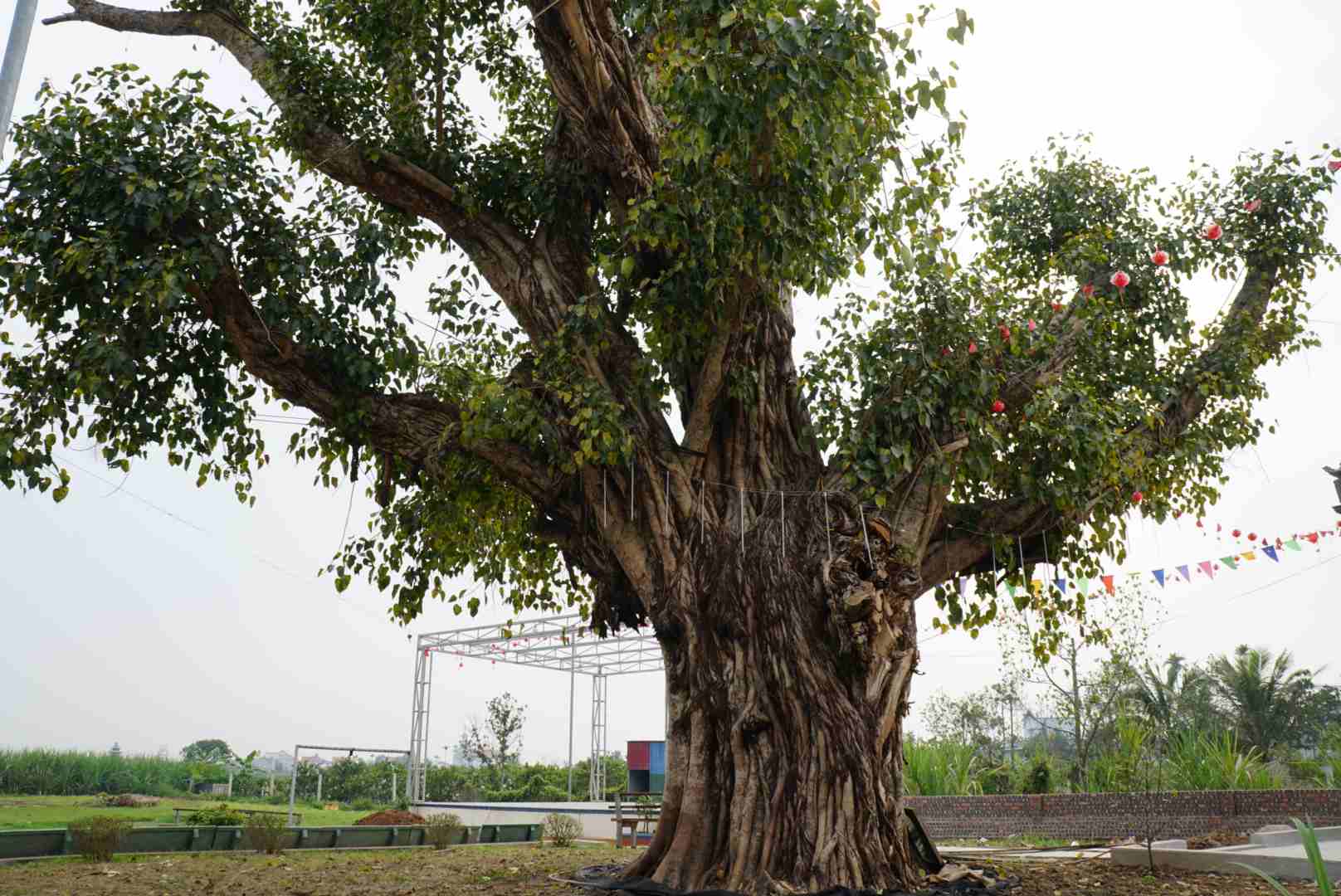



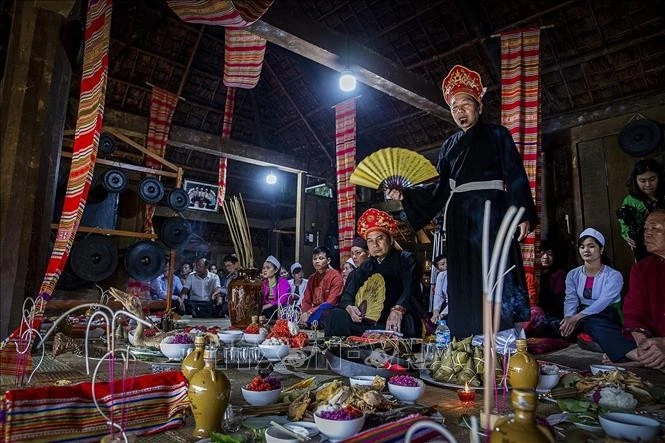

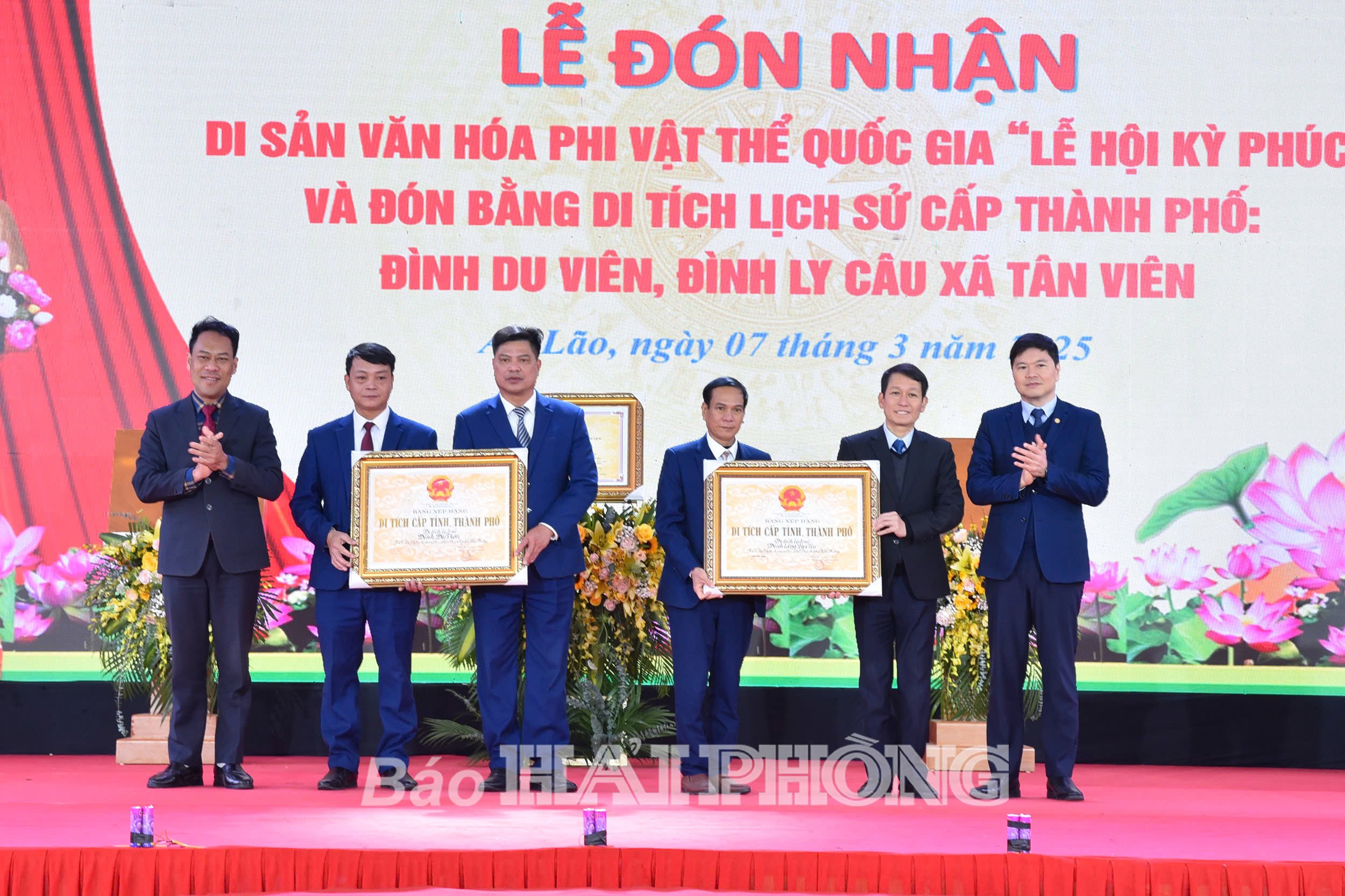

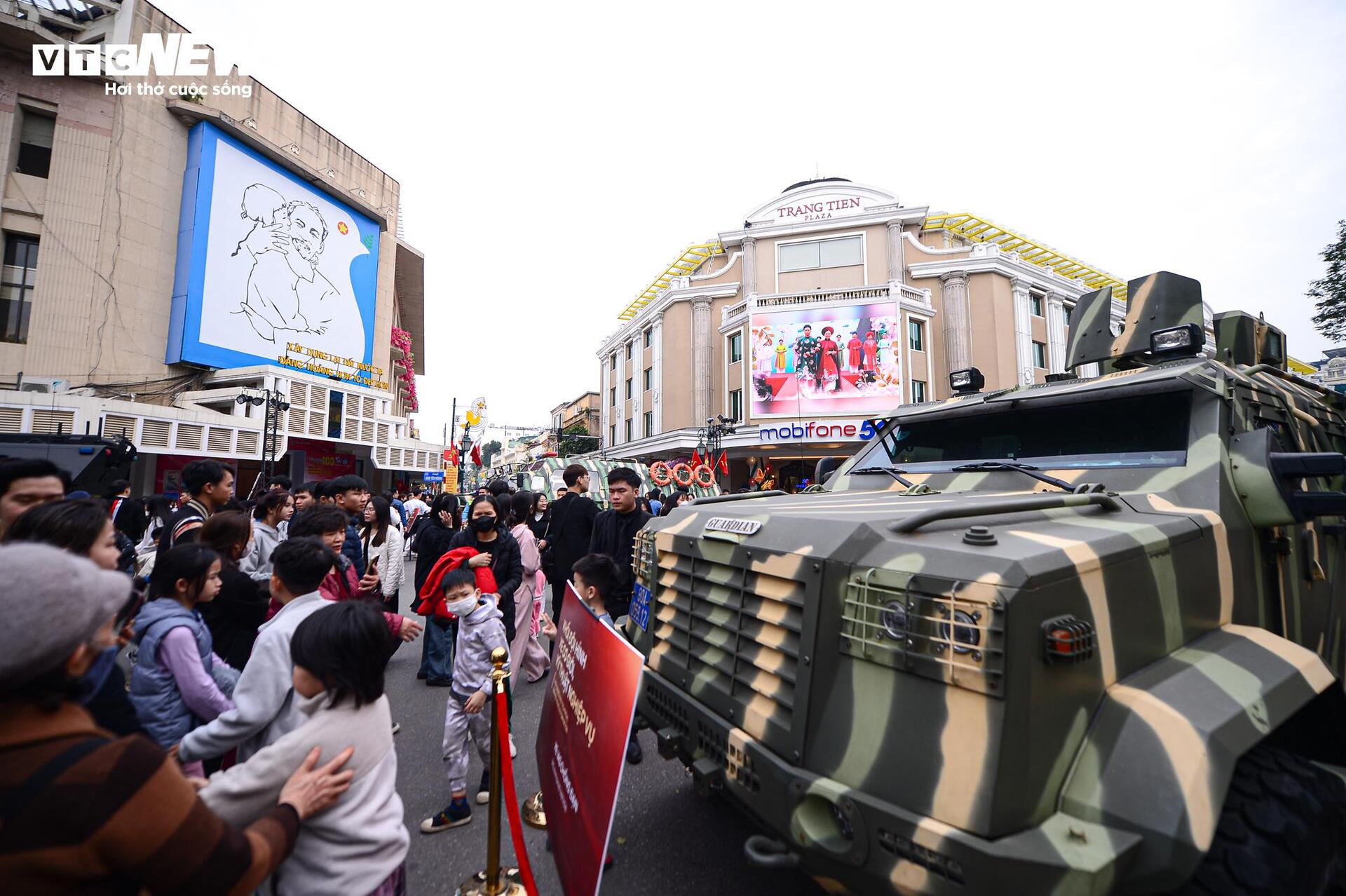
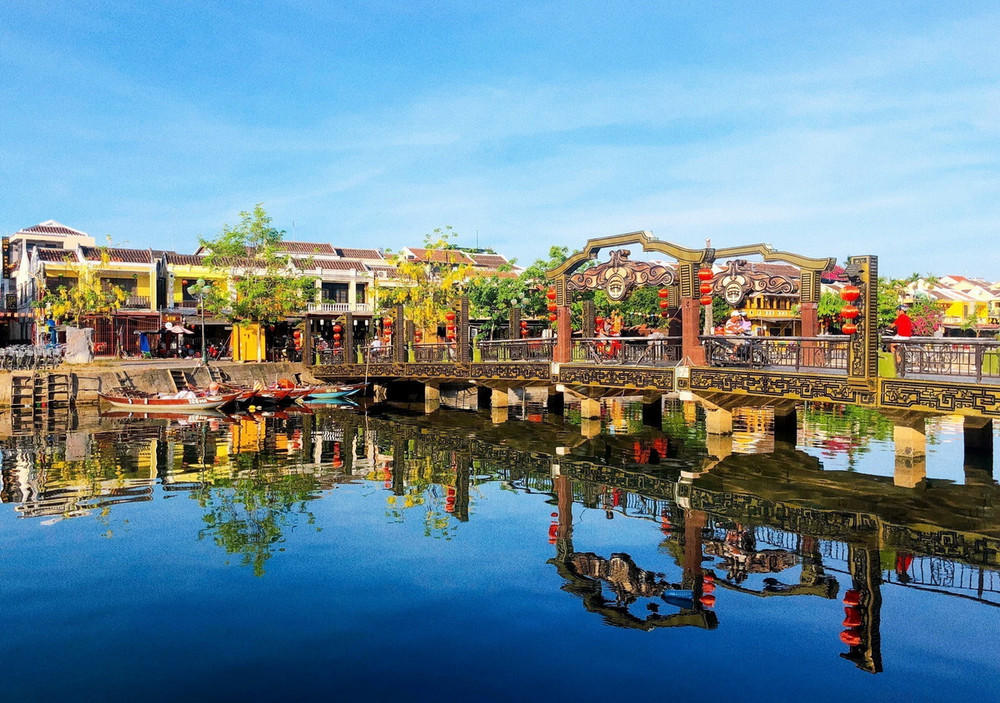
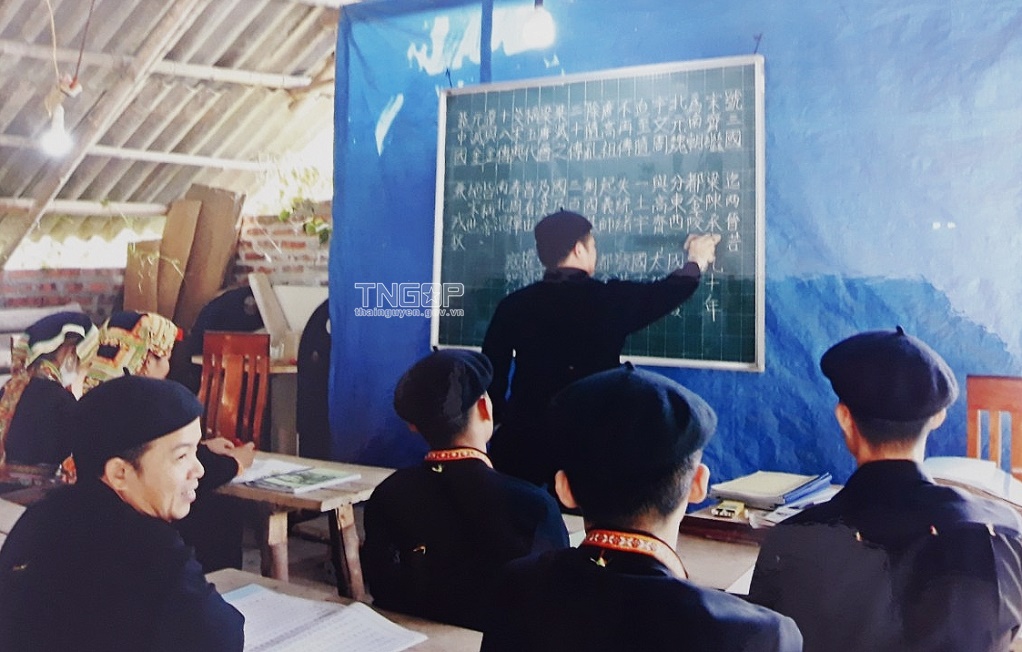
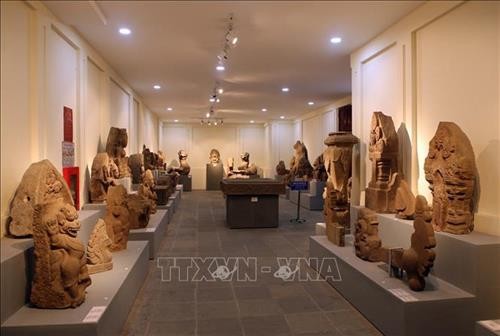
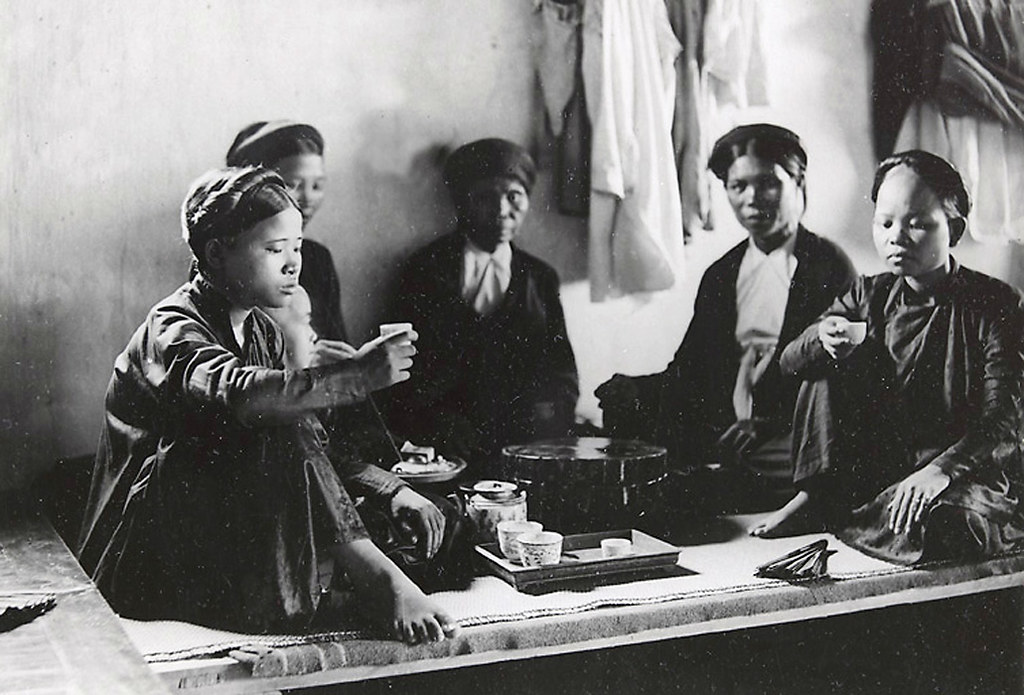



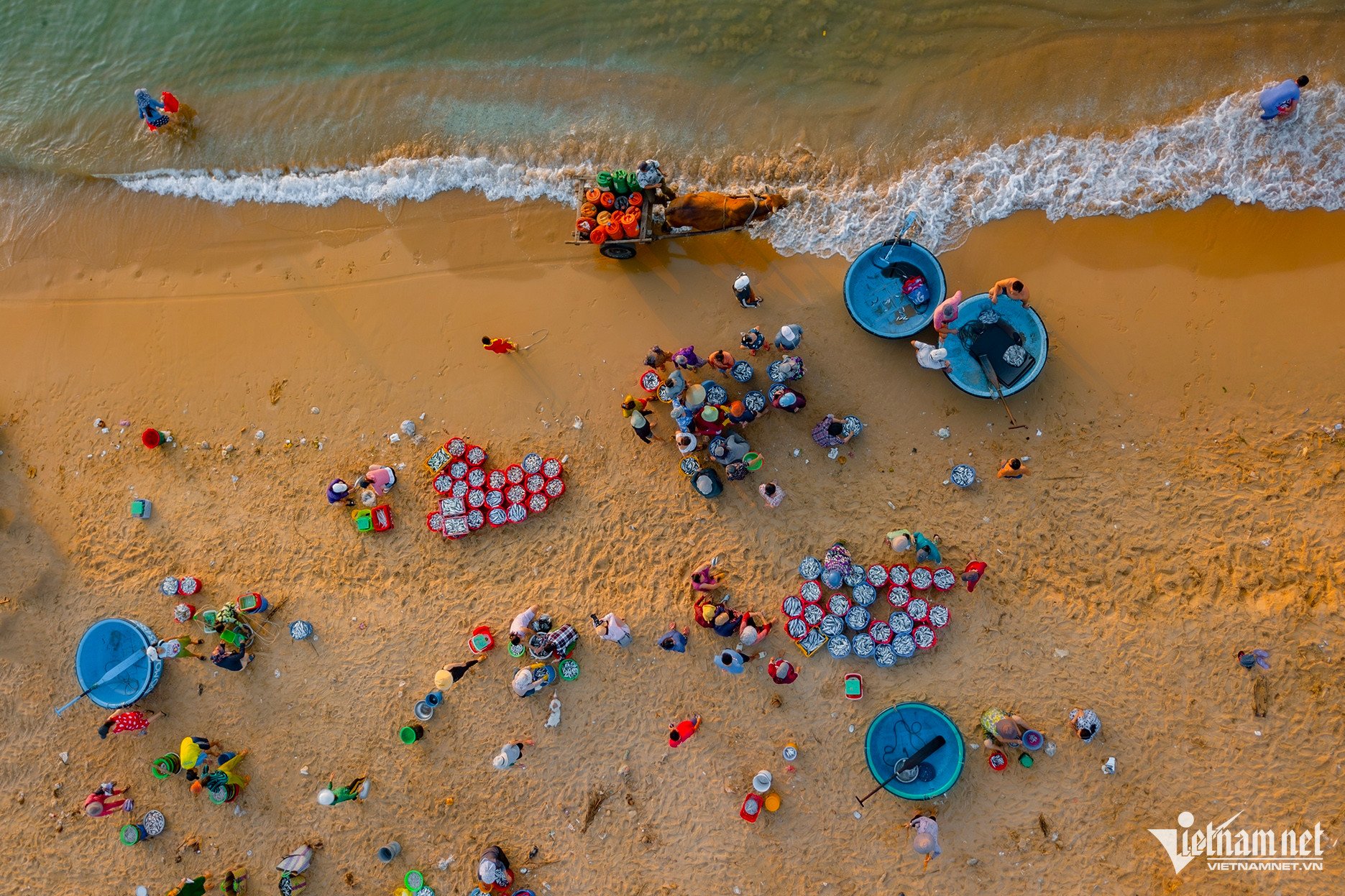

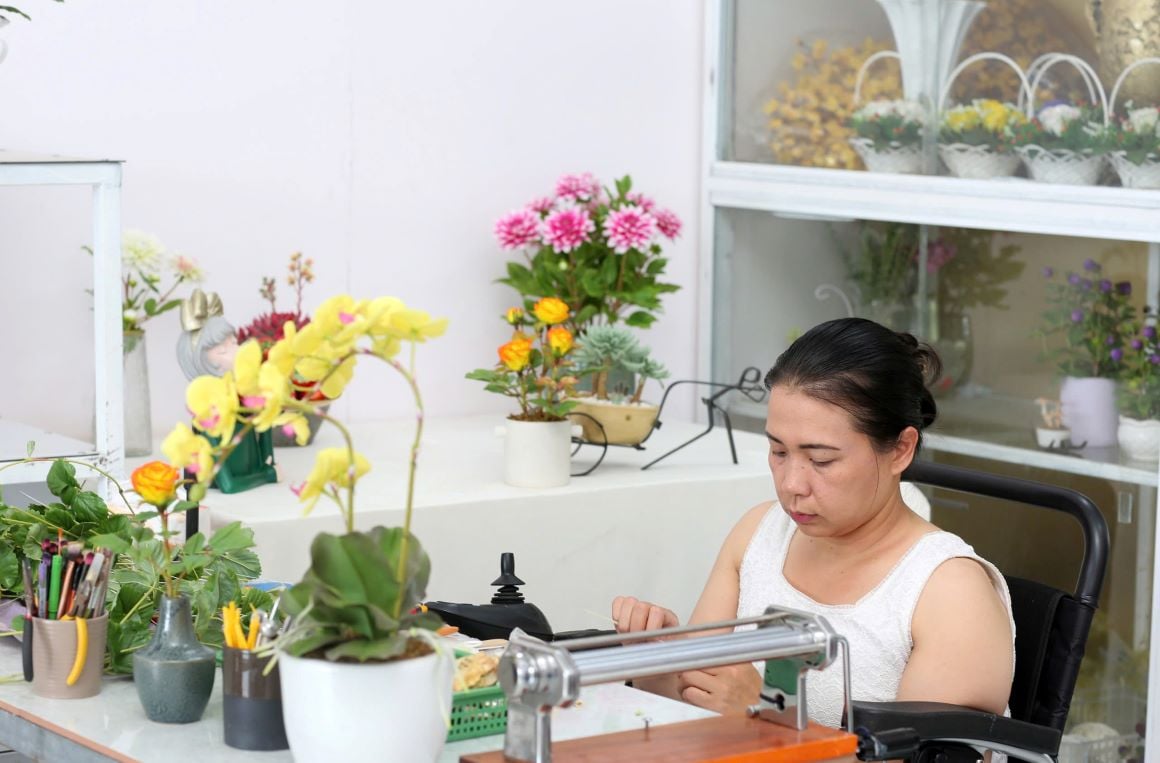


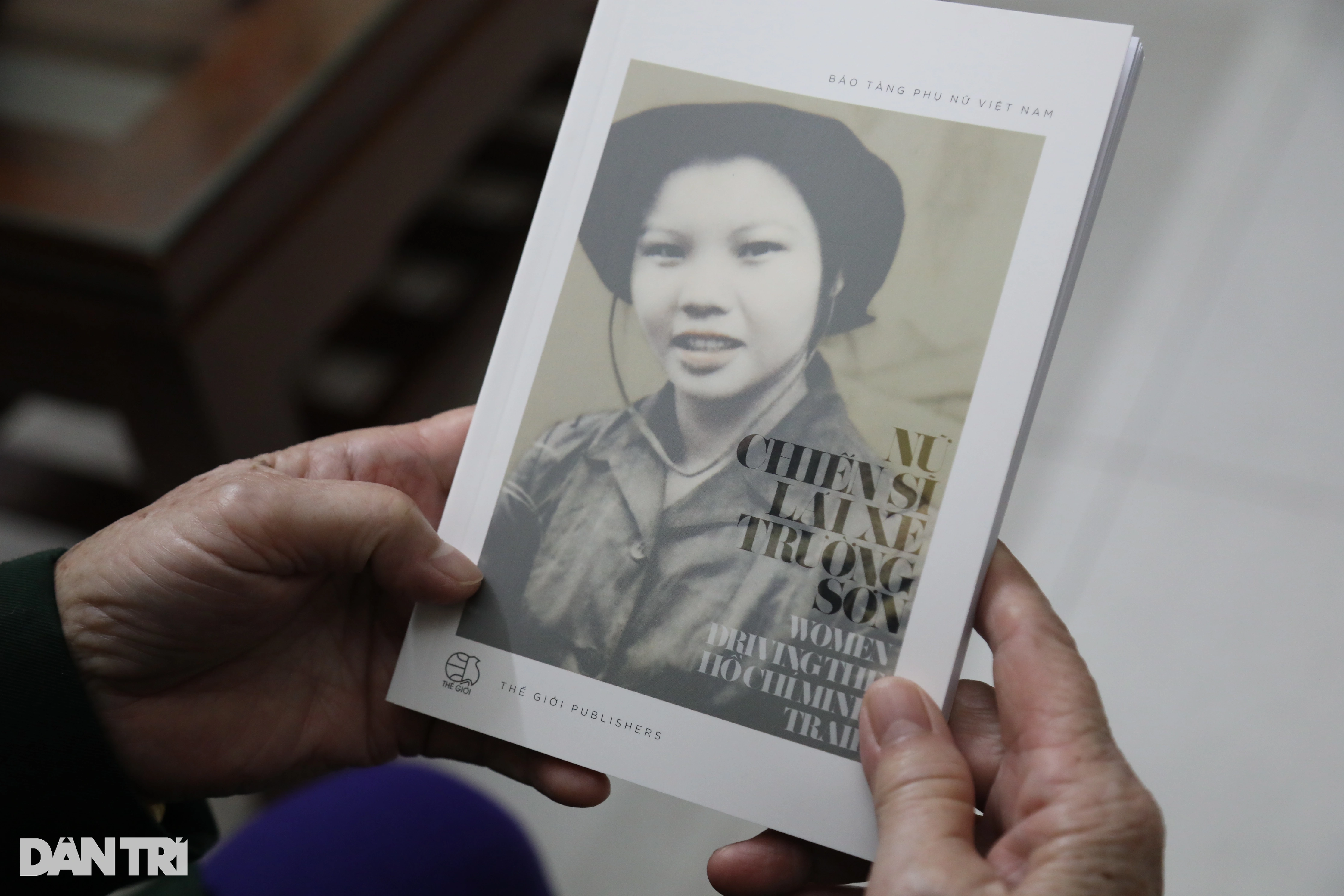
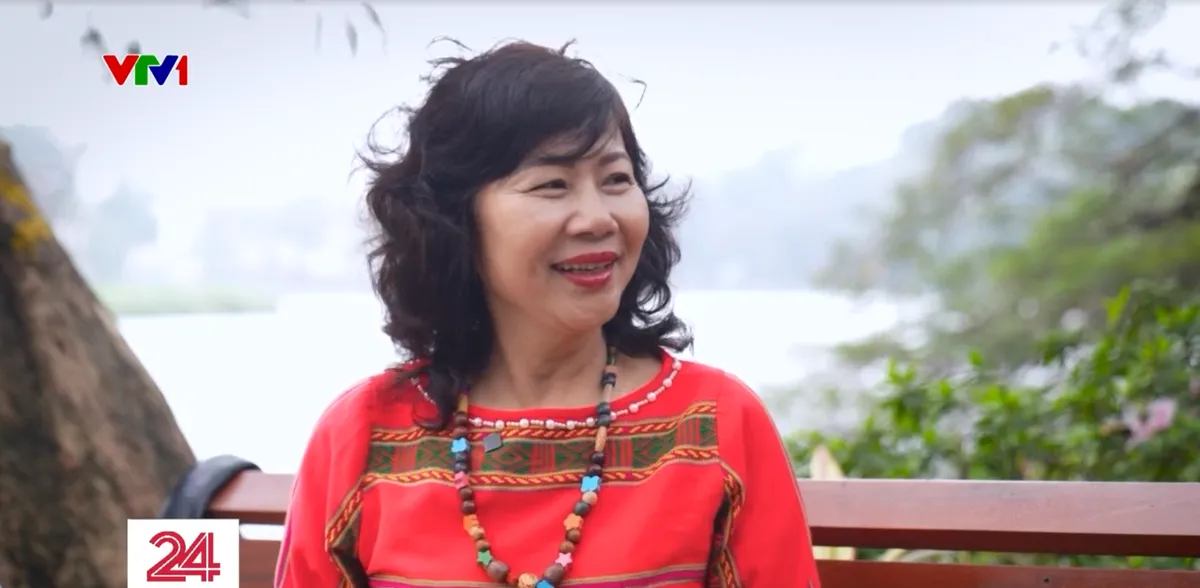












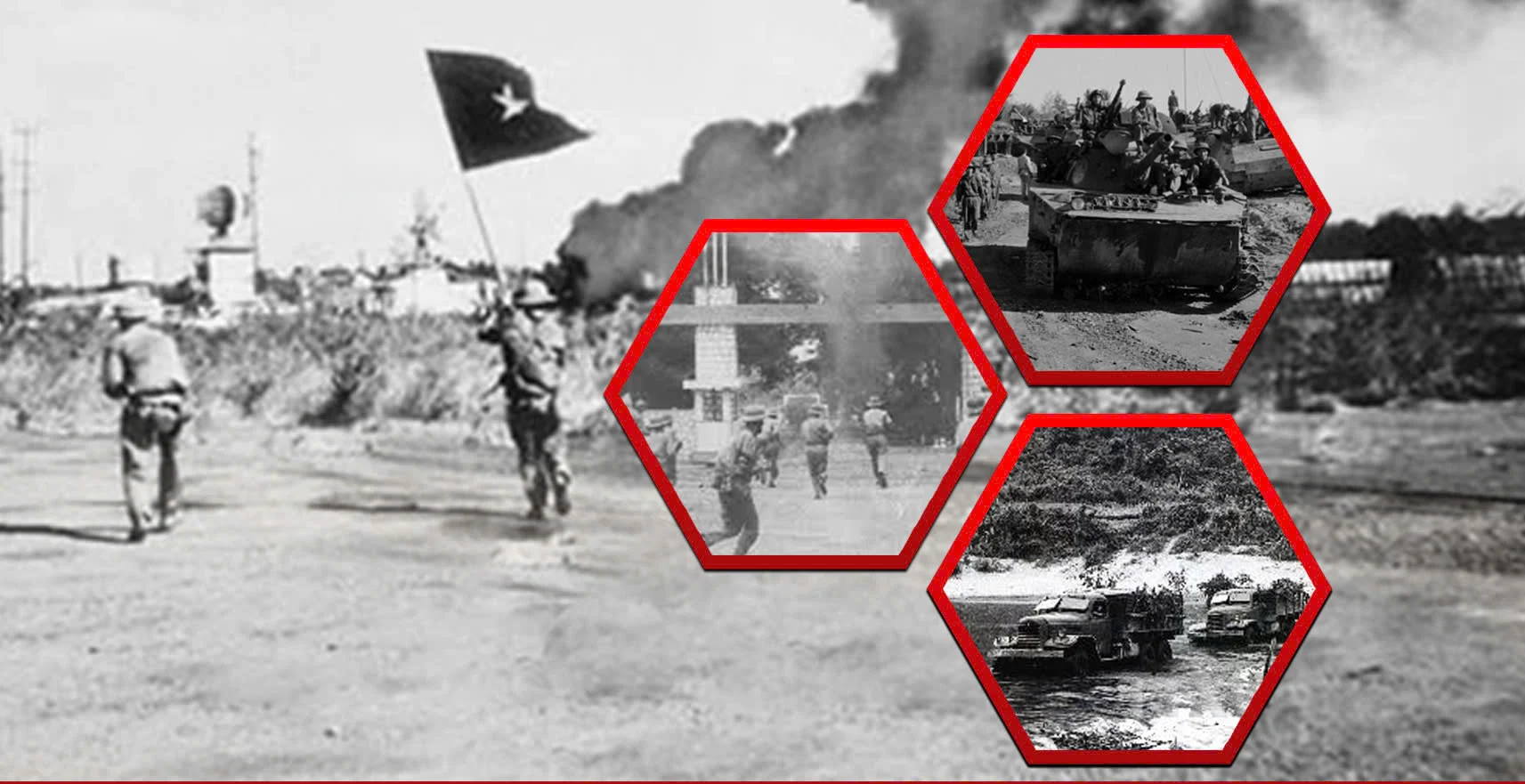







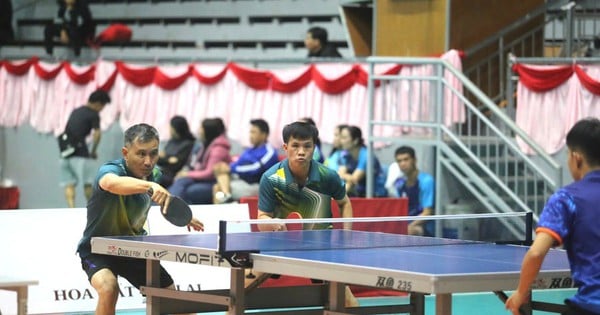

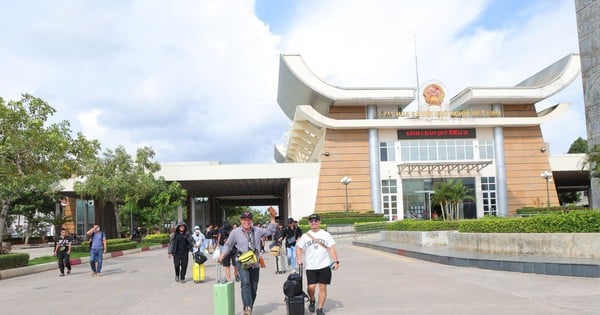










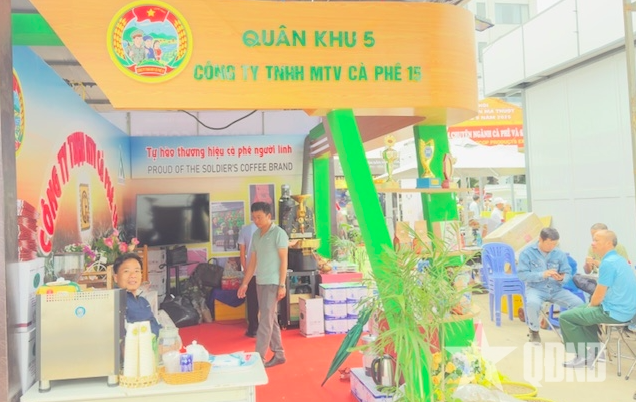


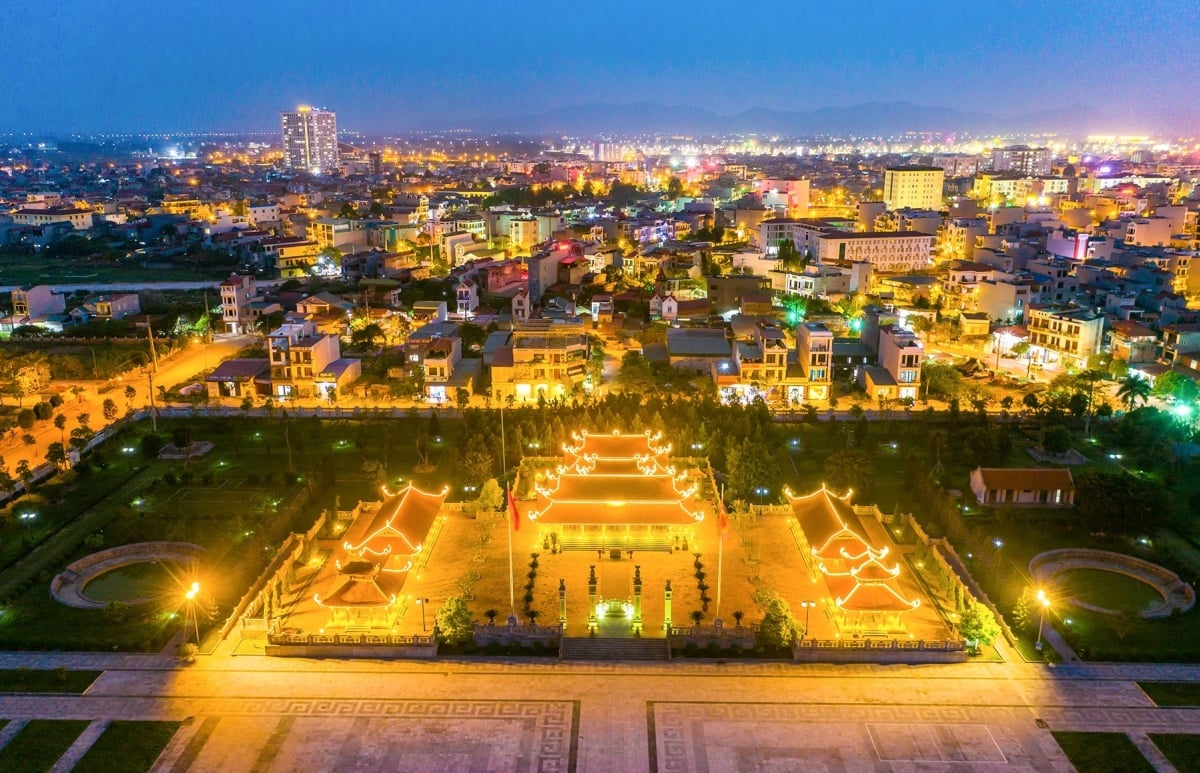
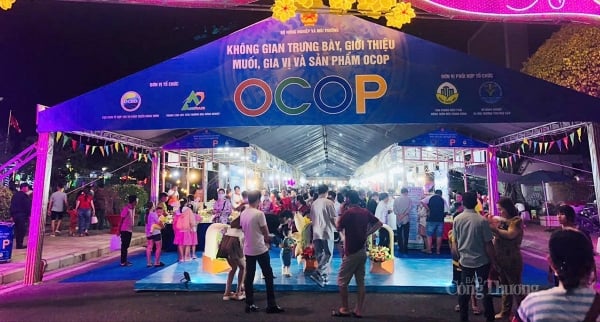



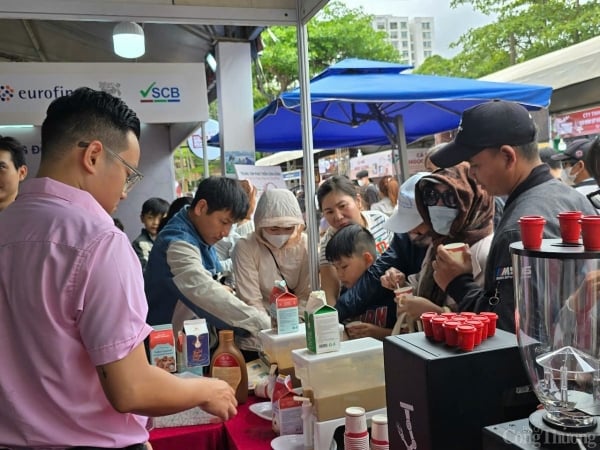

Comment (0)